The secret to being in the right place at the right time to maximize sales
Consumers want to shop whenever and wherever it is the most convenient for them, and brands are responding quickly to their needs.
If you want to increase your sales this holiday season, you have to meet your customers where they’re at and deliver an engaging shopping experience at all touchpoints.
To do so, you need a comprehensive strategy to guide your effort. Here are a few ideas to incorporate into your omnichannel marketing plan:
Augment your mobile experience
This year’s Cyber Monday was dominated by mobile sales, accounting for $2 billion of the $6.59 billion in total online sales.
To encourage customers to purchase from their mobile devices, declutter your mobile eCommerce experience and make it easy for shoppers to browse and check out.
You can also add an easy-to-navigate “holiday shopping” section featuring the most popular gift items to streamline the user experience.
Don’t forget your mobile app. Update it with content relevant to the holiday season, add a gift selector, and offer personalized product recommendations based on a customer’s preferences and browsing history.
Beef up your website with interactive content
Finding the right gifts for everybody can be challenging and your customers would appreciate all the help they can get.
Develop an interactive gift selector or a product comparison widget to streamline the shopping experience and help customers make the right choices.
Feature trending items and offer different ways to sort product listing to help visitors find the products they want.
You can also add shoppable images or videos to your website to enhance the user experience, increase engagement, and boost conversion.
Get more sales from your email subscribers
Email marketing is an extremely effective way to send targeted content and personalized offers to people who have already shown interest in your brand.
Segmenting your list and sending personalized content that is most relevant to your subscribers can help increase engagement, click-through rate, and conversion.
Your emails can feature this holiday’s hottest items and offer product recommendations based on the recipients’ profiles, preferences, and purchasing behaviors.
If they have recently visited your website and shown interest in certain items, you can offer them a special discount for the particular products.
You can also send cart abandonment reminders to shoppers who have items in their carts but are yet to complete their orders.
Increase social media reach with ads and retargeting
Paid advertising is a great way to boost your social media presence and show up in front of your ideal customers during the holiday season.
Target your messaging to specific segments based on interests, geographic locations, demographics, occupations, and more, to deliver a personalized experience.
You can also import your email list and show subscribers the special offer you have sent in an email.
In addition, you can use retargeting and Facebook Dynamic Ads to show the most relevant products or content to an audience.
Explore the new frontier of messaging apps
The top four messaging apps now have a larger combined user base than the top four social networks.
As consumers are getting comfortable with messaging apps, such as WhatsApp, Facebook Messenger, WeChat, brands are using these new platforms to engage with their audience.
You can answer pre-sale questions, assist customers with placing their orders, and offer post-sale support through these touchpoints.
With personalization and chatbot technologies, aided by machine learning and natural language processes, you can now deliver a customized shopping experience at scale using messaging apps.
The key to successful omnichannel marketing
No matter what strategies you’re implementing this holiday season, keep in mind that the ultimate goal of omnichannel marketing is to deliver a customer-centric shopping experience.
When you design your plan based on the preferences and behaviors of your customers, you’ve already won half the battle.


 Image source
Image source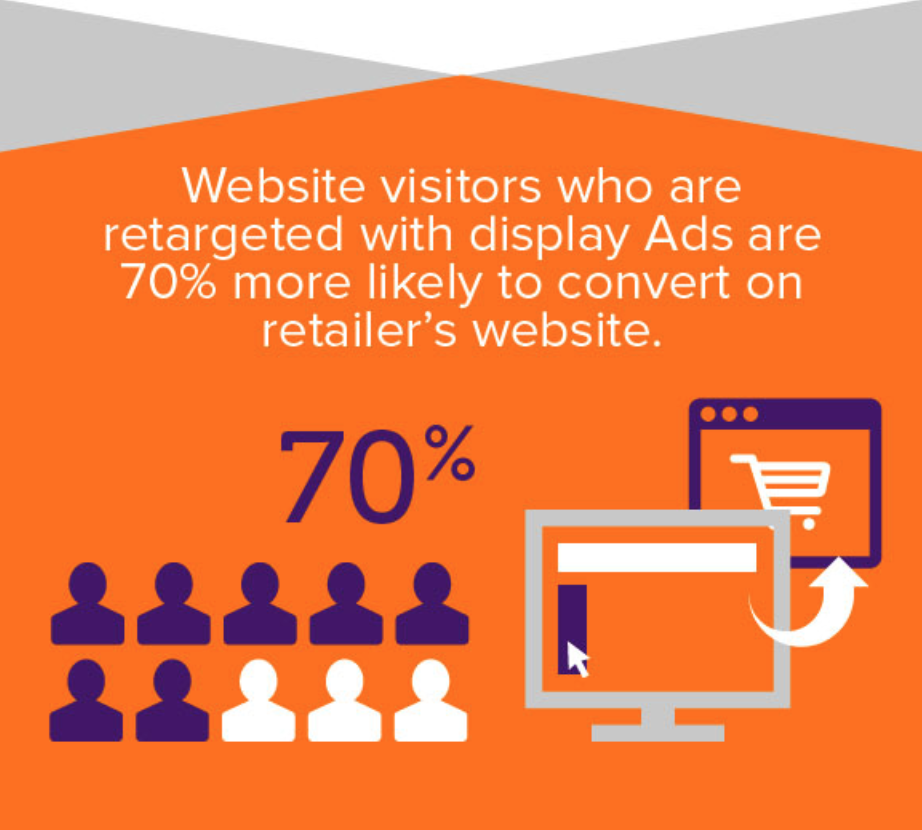 Image source
Image source



![Big Brands Get Personal With Customer Data [Case Study]](https://nectarom.com/wp-content/uploads/2017/09/DeathtoStock_Wired6-300x200.jpg)




 Image source
Image source Image source
Image source




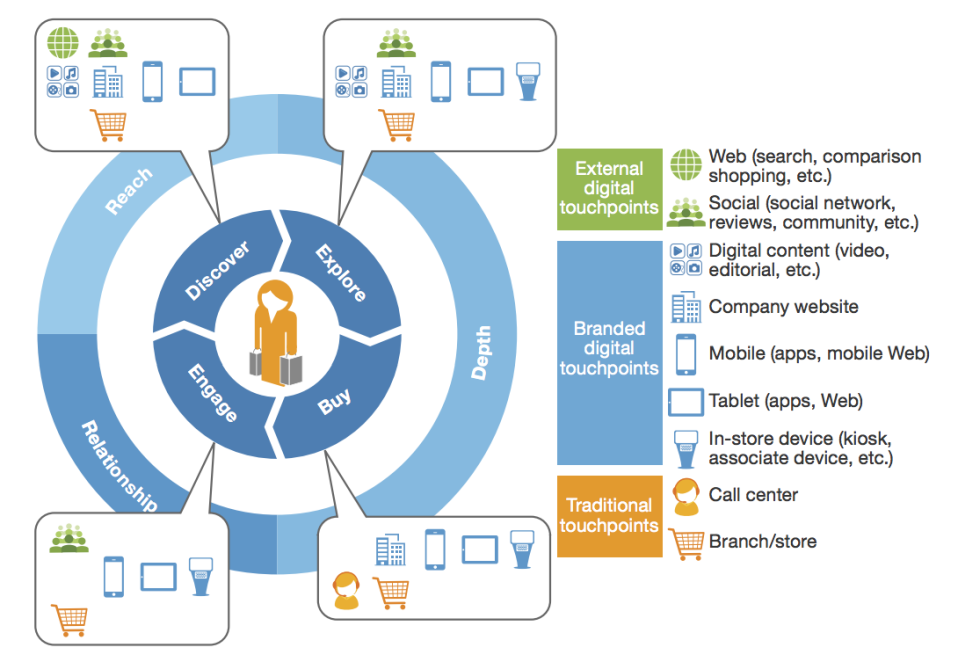



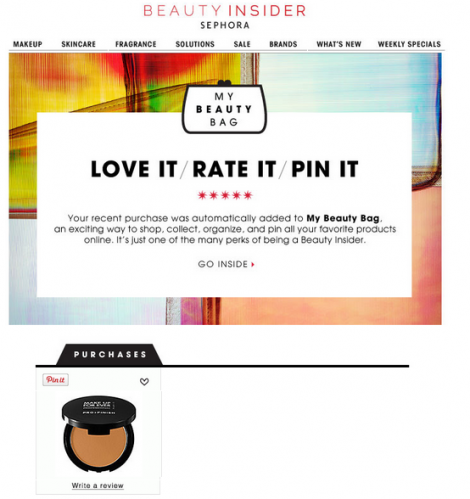 Buy in store, receive an email asking for a review. I recently purchased foundation from Sephora at one of their mall locations and received this email a few days later.
Buy in store, receive an email asking for a review. I recently purchased foundation from Sephora at one of their mall locations and received this email a few days later.
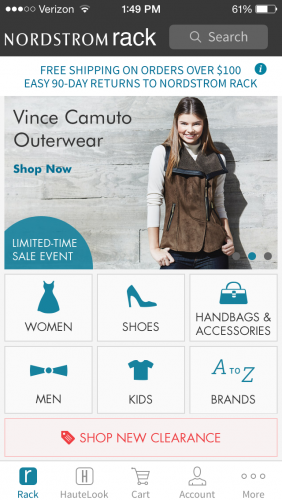
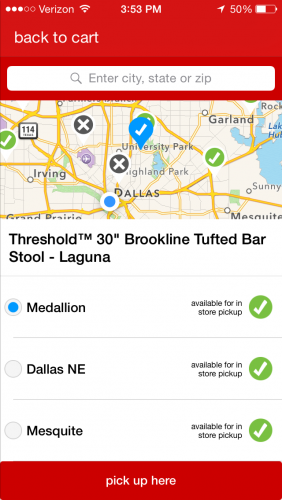 Target’s omnichannel experience consists of ship-to-store, pick-up at store, ship-to-home, an ecommerce website, and a mobile app. Target’s mobile app allows for customers to pinpoint exactly where items are located in the store, down to the precise aisle of where they reside. Other features of the mobile app include adding items to your virtual cart and selecting pick up in store, a map of the store layout, a coupon/savings section, shopping list, registry list, and wish list among others.
Target’s omnichannel experience consists of ship-to-store, pick-up at store, ship-to-home, an ecommerce website, and a mobile app. Target’s mobile app allows for customers to pinpoint exactly where items are located in the store, down to the precise aisle of where they reside. Other features of the mobile app include adding items to your virtual cart and selecting pick up in store, a map of the store layout, a coupon/savings section, shopping list, registry list, and wish list among others.